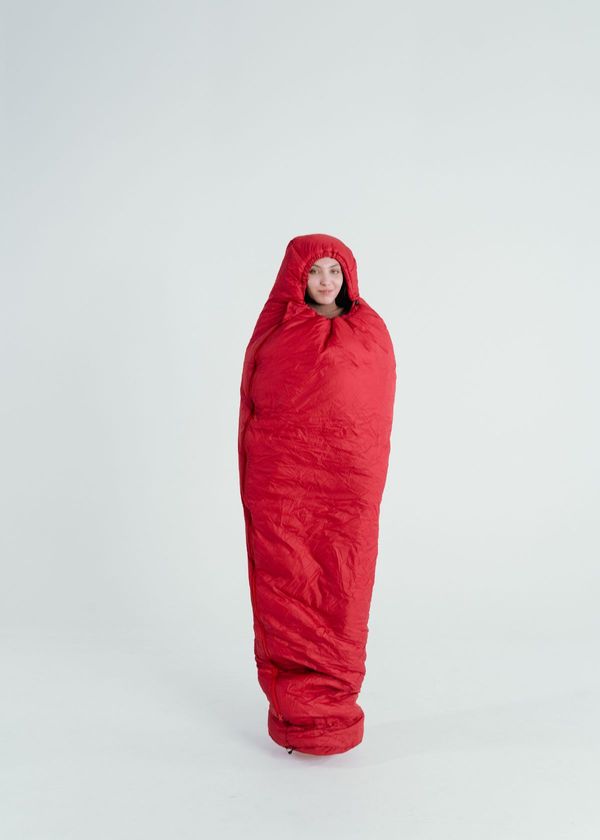Have you ever found yourself in a dark alleyway or a power outage, desperately fumbling for a flashlight? Or maybe you're an avid camper or hiker, relying on a reliable light source to guide you through the wilderness. Whatever the situation may be, having a good flashlight with sufficient brightness is crucial for safety and convenience.
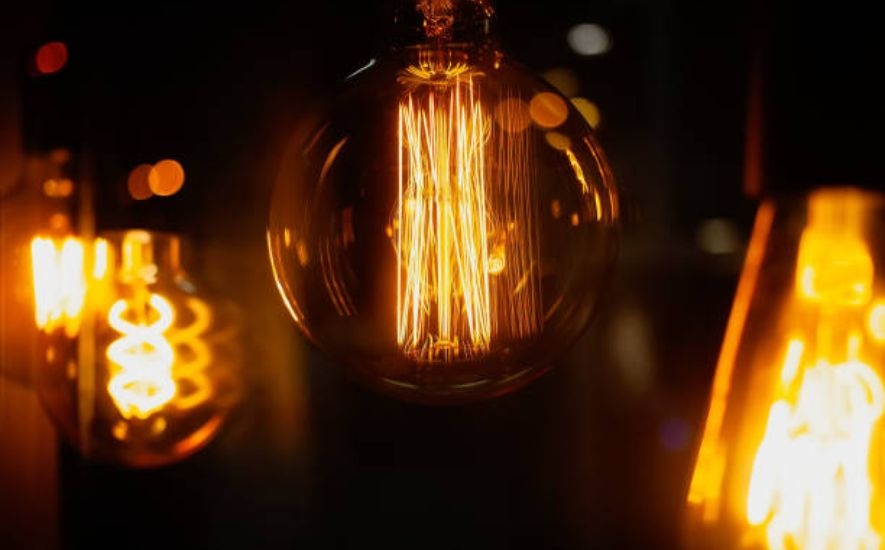
But how many lumens is a good flashlight? Lumens are the unit of measurement for brightness, and it's easy to get lost in the sea of numbers when searching for the perfect flashlight. Should you go for a high lumen count for maximum brightness, or is a lower lumen count sufficient for your needs?
The answer depends on your intended use of the flashlight. For example, a flashlight with a high lumen count of 1000 or more may be ideal for search and rescue missions, while a lower lumen count of 200-300 is sufficient for everyday tasks such as household repairs or walking the dog at night.
This article will explore the factors to consider when choosing a flashlight and provide some recommendations for different scenarios. So, whether you're a seasoned outdoor adventurer or just looking for a reliable flashlight for emergencies, read on to find out how many lumens are for you.
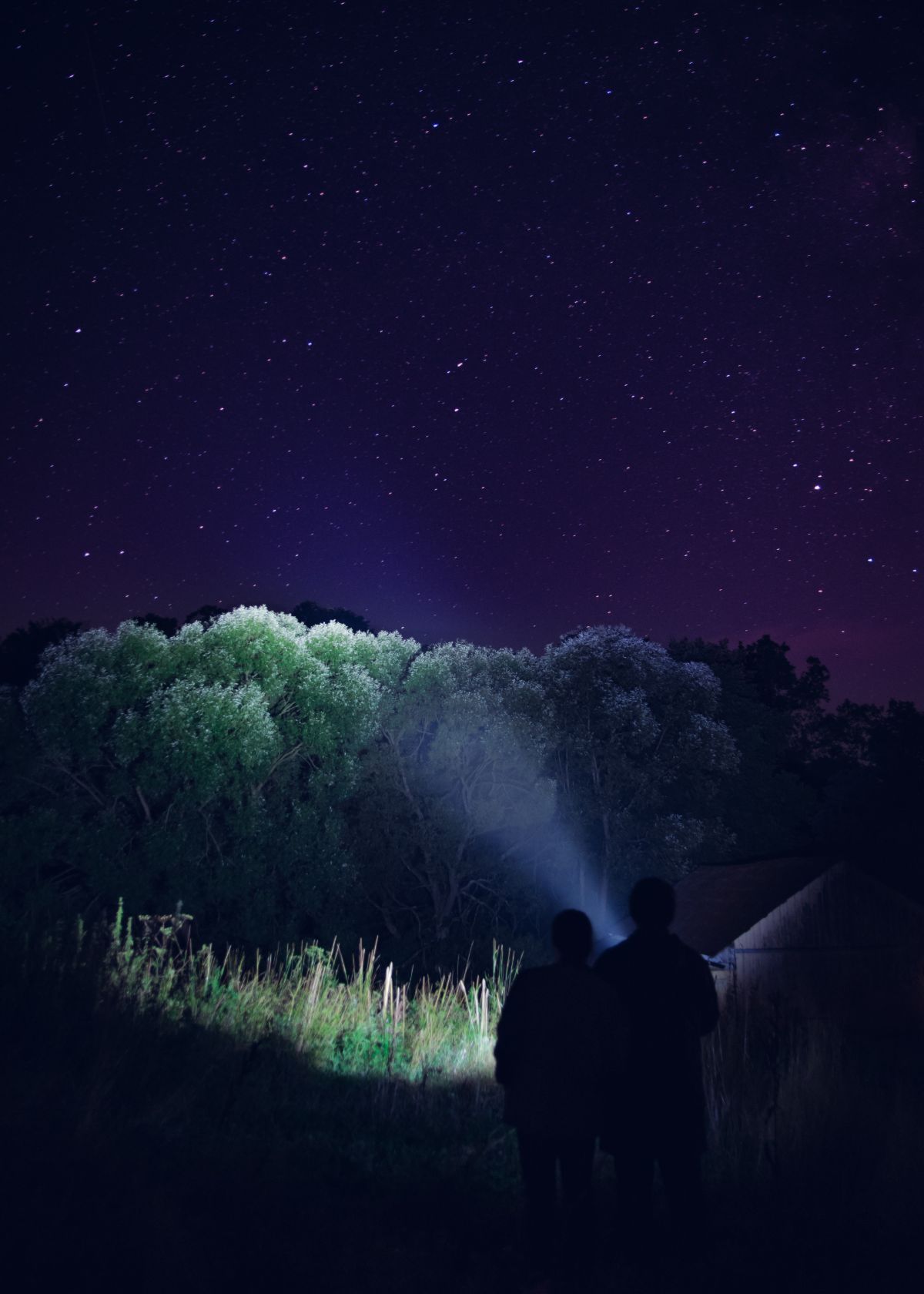
Importance of Lumens in a Flashlight
Flashlights are an essential tool for many people, from outdoor enthusiasts and campers to emergency responders and law enforcement. They come in all shapes and sizes, with varying levels of brightness and battery life.
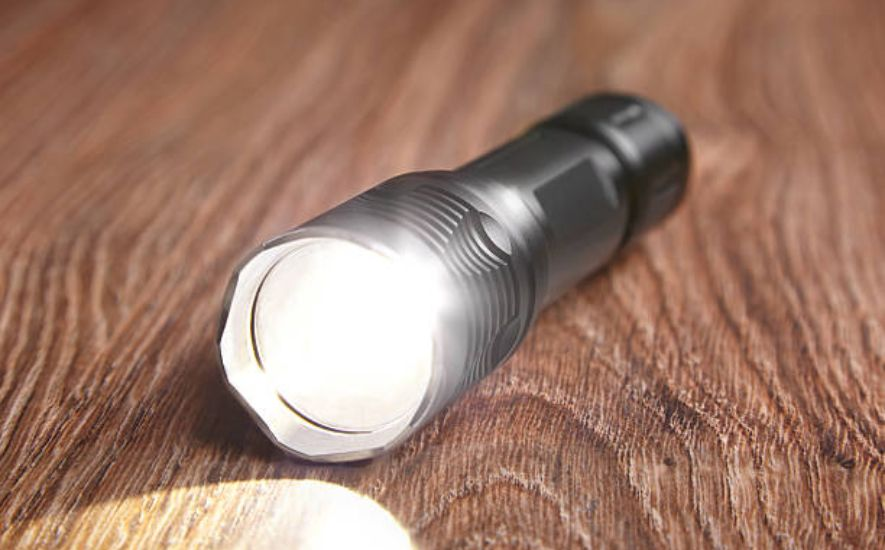
One important factor to consider when choosing a flashlight is the number of lumens it produces. Lumens are a unit of measurement that describes the amount of light emitted by a source, and they play a crucial role in determining the overall effectiveness of a flashlight.
What are Lumens?
Lumens are a unit of measurement that describes the total amount of visible light emitted by a source. In other words, lumens describe the brightness of a flashlight. The more lumens a flashlight has, the brighter it will be.
The brightness of a flashlight is an essential factor to consider, as it determines how well you can see in low-light conditions. A brighter flashlight will help you navigate dark trails, find lost items in the dark, and illuminate your surroundings during a power outage.
How Many Lumens Do You Need?
The number of lumens you need in a flashlight will depend on how you plan to use it. For general use, such as camping or hiking, a flashlight with 100-200 lumens should suffice.
For more demanding activities, such as search and rescue or law enforcement, a flashlight with 500 lumens or more may be necessary. It's important to keep in mind that a flashlight with a high lumen count will typically have a shorter battery life than one with fewer lumens.
Benefits of High Lumen Flashlights
High-lumen flashlights offer several benefits over their lower-lumen counterparts. First and foremost, they are much brighter, allowing you to see farther and more clearly in the dark.
This can be particularly useful for outdoor enthusiasts who need to navigate trails or for emergency responders who need to search for individuals in low-light conditions.
Additionally, high-lumen flashlights often have several different brightness settings, allowing you to adjust the brightness to your specific needs.
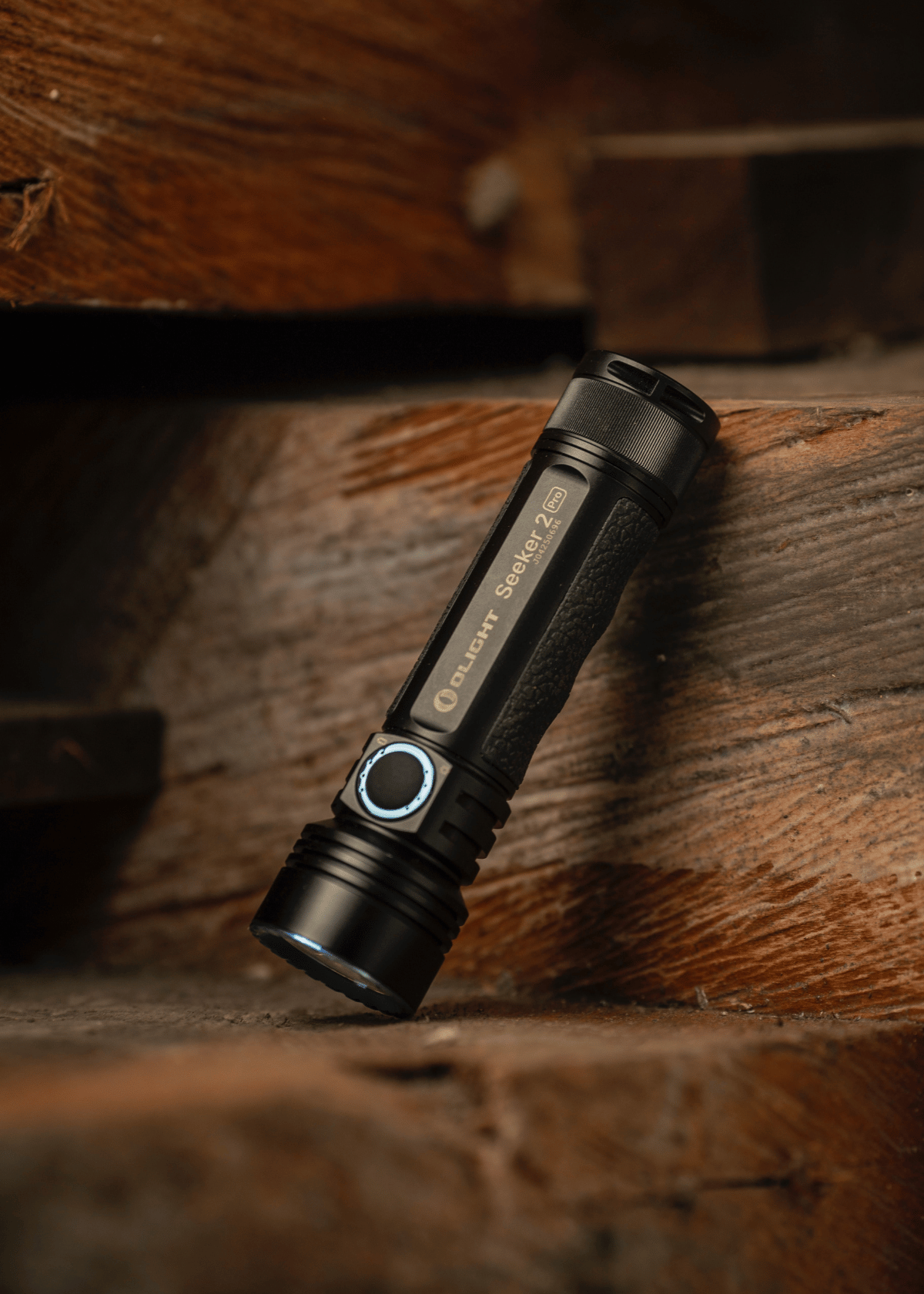
Evolution of Flashlight Lumens
In today's world, it's hard to imagine life without tactical flashlights. They're essential for exploring the great outdoors, finding your way in the dark, and even checking the fuse box when the power goes out.
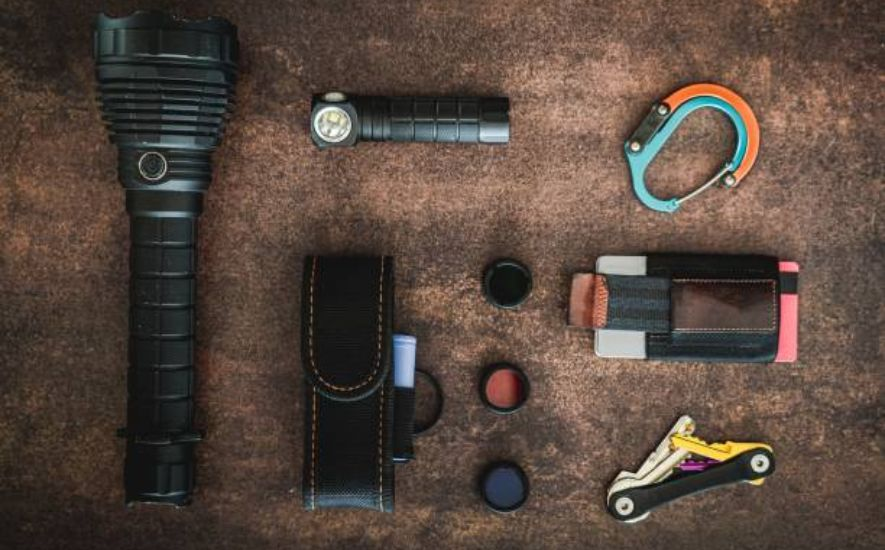
But have you ever wondered how flashlights have evolved over time? Specifically, how has the measure of a flashlight's brightness, lumens, changed?
Early Flashlights: Measuring Candlepower
The first "flashlights" were little more than torches, with a wick or filament burning inside a tube. These torches were measured in "candlepower," which was a measure of how bright they were compared to a standard candle.
A candlepower rating of one meant the torch was as bright as a single candle, while higher ratings indicated brighter torches.
The Emergence of Lumens
In the mid-20th century, a new measure of brightness emerged: lumens. Lumens measure the total amount of visible light emitted by a source, regardless of its direction.
This made it a more accurate measure of a flashlight's brightness, as it took into account the total light output measurement of the bulb rather than just the light that was shining directly ahead.
The LED Revolution
The development of the light-emitting diode (LED) revolutionized the flashlight industry. LEDs are incredibly efficient, using far less energy than traditional incandescent bulbs while emitting more light. They also last far longer, with some LED flashlights boasting lifetimes of over 100,000 hours.
Today's High-Tech Flashlights
With the development of LED technology, flashlights have become more than just a tool to light your way in the dark. Today's high-tech flashlights come with a range of features, from adjustable brightness levels to strobe functions to rechargeable batteries.
They also come with impressive lumen ratings, with some of the brightest flashlights on the market boasting over 50,000-lumen output.

Psychology of Light
Light is a fundamental element of our lives. It's something we often take for granted, but it has a powerful impact on our mood, behavior, and overall well-being. The psychology of light is a fascinating area of study that explores the complex relationship between humans and light.
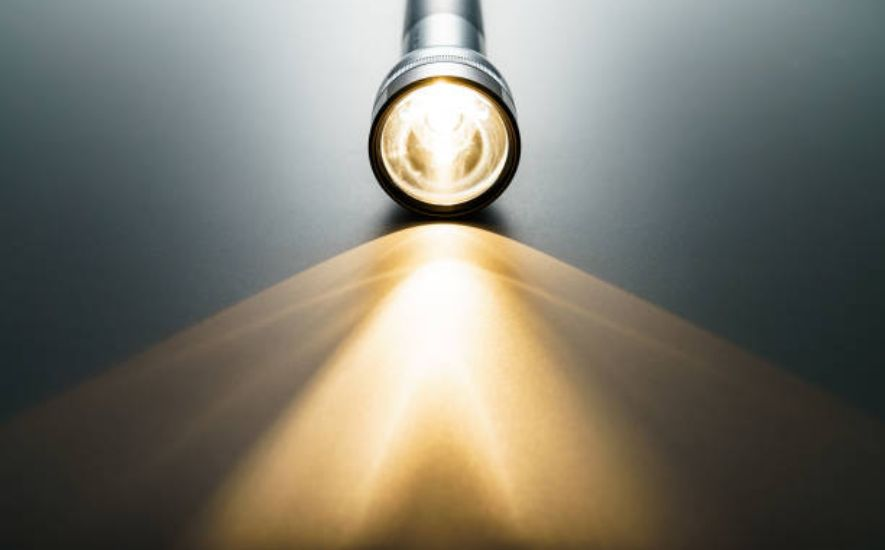
The Effects of Light on Our Mental Health
Light plays a crucial role in regulating our circadian rhythms, which regulate our sleep-wake cycles. Exposure to bright light during the day helps keep our circadian rhythms in sync and promotes better sleep at night.
On the other hand, exposure to dim light or blue light at night can disrupt our circadian rhythms, leading to insomnia and other sleep disorders.
Studies have also shown that exposure to natural light can improve our mood and reduce symptoms of depression and anxiety.
The Effects of Light on Our Physical Health
Light also has a significant impact on our physical health. Exposure to sunlight is essential for producing vitamin D, which is essential for healthy bones and teeth.
Lack of sunlight can lead to vitamin D deficiency, which can cause a host of health problems. Light therapy is also used to treat a variety of physical health conditions, including seasonal affective disorder (SAD), acne, and psoriasis.
The Effects of Light on Our Behavior
Light can also influence our behavior in subtle ways. For example, research has shown that people are more likely to behave in a friendly and cooperative manner in brightly lit environments.
In contrast, dimly lit environments can lead to more aggressive and competitive behavior. The color of light can also affect our behavior, with warm colors like red and yellow promoting feelings of excitement and arousal, while cool colors like blue and green promoting feelings of calm and relaxation.
Harnessing the Power of Light
Given the powerful impact of light on our lives, it's essential to understand how to harness its power to promote better mental and physical health.
Some simple ways to do this include spending more time outdoors, using natural light in your home or office, and avoiding exposure to blue light before bedtime.
Light therapy is also an effective treatment for a variety of health conditions, and it's becoming increasingly accessible and affordable.

Science of Lumens in Flashlight
In the darkness, a beam of light can be a powerful tool, illuminating the path ahead and guiding us through the night.
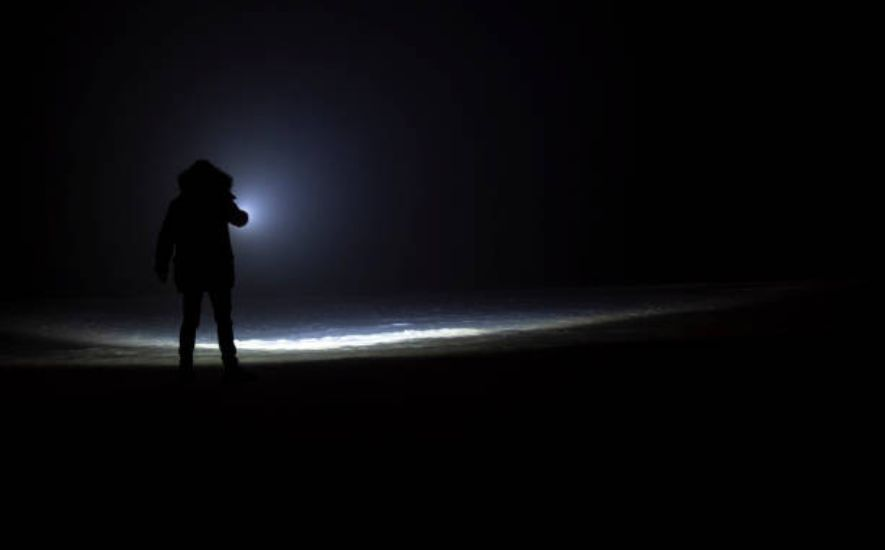
And when it comes to flashlights, the brightness of the light beam is measured in lumens - a unit of measurement that determines just how much light a flashlight can produce.
The science of lumens in flashlights is fascinating, and understanding it can help us choose the right tool for our needs.
The Science Behind Brighter Beams
So how light produced brighter beams with more lumens? Several factors can affect the brightness of a flashlight's beam, including the type of bulb used, the reflector's size, and the lens's quality.
But one of the most important factors is the battery used to power the flashlight. Higher-quality lithium-ion batteries can provide more power to the flashlight, allowing it to produce brighter beams with more lumens.
Advancements in Flashlight Technology
Over the years, tactical flashlight technology has advanced significantly, with new materials, designs, and technologies being developed to produce brighter and more efficient beams.
One of the most significant advancements in recent years has been the development of LED technology, which uses light-emitting diodes to produce brighter, more efficient beams with fewer lumens.
Other advancements include the use of rechargeable batteries, which can provide more consistent power to the flashlight over time, and the development of new lens technologies that can improve the focus and clarity of the beam.
Choosing the Right Flashlight
When it comes to choosing the right flashlight, the number of lumens is just one factor to consider. Other important factors include the flashlight's size and weight, the battery's quality, and the flashlight's overall build quality.
It's also important to consider the intended use of the flashlight, as different situations may require different features, such as waterproofing or adjustable focus.
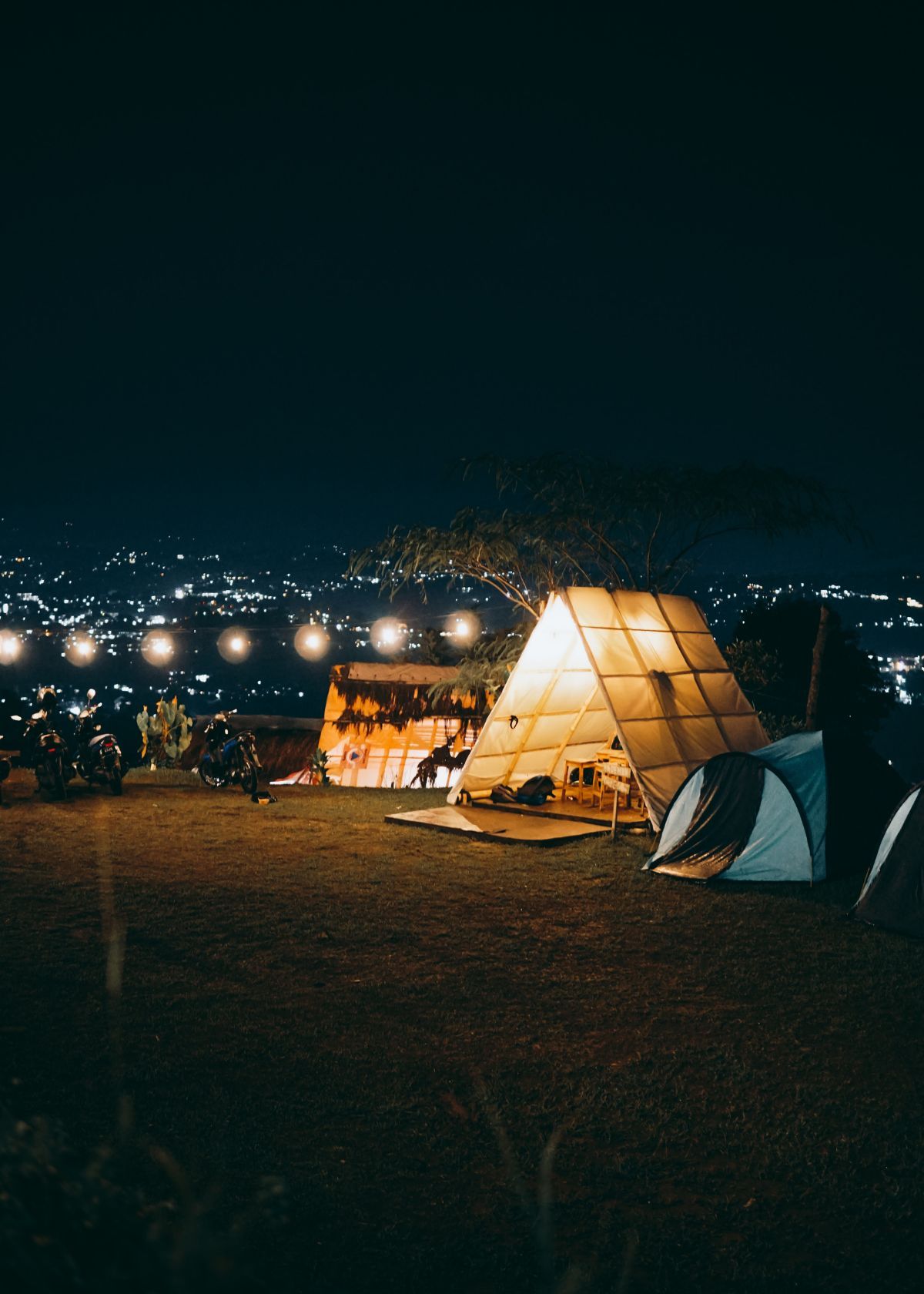
Frequently Asked Questions (FAQs)
Looking for the perfect flashlight can be a daunting task, especially when it comes to lumens. Lumens measure the amount of light emitted by a flashlight, and finding the right balance between brightness and battery life can be tricky. Here are some FAQs to help you determine how many lumens are necessary for your needs.
Is 2000 lumens a bright flashlight?
Lumens measure the total amount of visible light emitted by a source. A flashlight with 2000 lumens is considered an extremely bright flashlight.
This brightness level is often used in outdoor activities, such as camping, hiking, or search and rescue operations, where visibility is limited. A high level of brightness is necessary to see long distances, illuminate large areas, or search for someone in low-light conditions.
For example, a 2000-lumen flashlight can provide enough brightness to see over 100 meters away in complete darkness or illuminate a large area like a field or parking lot.
Flashlights with this level of brightness often have multiple brightness settings, allowing users to adjust the brightness based on their needs and conserve battery life.
Is 1000 lumens a lot for a flashlight?
A flashlight with 1000 lumens is considered quite powerful and bright. It can provide enough brightness for most outdoor activities, such as camping, hunting, or fishing, where a high level of brightness is required to navigate in low-light conditions.
This brightness level can also be useful in emergency situations, such as power outages or natural disasters, where visibility is limited.
Flashlights with 1000 lumens are often designed to be compact and durable, making them easy to carry in a pocket or backpack.
However, it is essential to note that the brightness of a flashlight is not the only factor to consider when purchasing one, and other factors like battery life, durability, and size should also be considered based on the user's needs.
Is a 300-lumen flashlight bright?
The 300-lumen flashlight is considered moderately bright. It can provide different brightness modes for everyday use, such as finding your way in the dark or illuminating a small area like a room or closet.
However, it may not be sufficient for outdoor activities in low-light conditions, such as hiking or camping, where a higher level of brightness may be required.
Flashlights with 300 lumens are often small and lightweight, making them easy to carry in a pocket or purse.
They are also often designed to be energy-efficient, providing long battery life, which can be useful in emergencies or situations with limited access to power.
Is a 100 000-lumen flashlight real?
While there are claims of flashlights with 100000 lumens, they are generally not practical or feasible due to their size, weight, and power requirements.
The technology required to produce a flashlight with 100000 lumens does not currently exist. Such a flashlight would likely require a large and heavy battery pack, making it impractical for most users.
Additionally, the actual brightness of such a flashlight may be difficult to measure accurately, and the everyday carry lights output may not be evenly distributed, resulting in hot spots and uneven illumination.
Therefore, it is unlikely that a 100000-lumen flashlight exists in practical terms, and it is important to be wary of claims of such high levels of brightness in flashlights.
Conclusion
In conclusion, the question of how many lumens is a good flashlight ultimately depends on your specific needs and preferences.
Whether you're looking for a flashlight for everyday use, outdoor adventures, or emergency situations, there are various factors to consider when choosing the right amount of brightness. From battery life and beam distance to size and weight, balancing functionality and convenience is important.
Ultimately, the best flashlight for you is the one that provides enough lumens to meet your needs without sacrificing portability and ease of use. So, whether you're exploring the great outdoors or simply navigating a power outage, a good flashlight can provide you with the illumination you need to stay safe and prepared.







